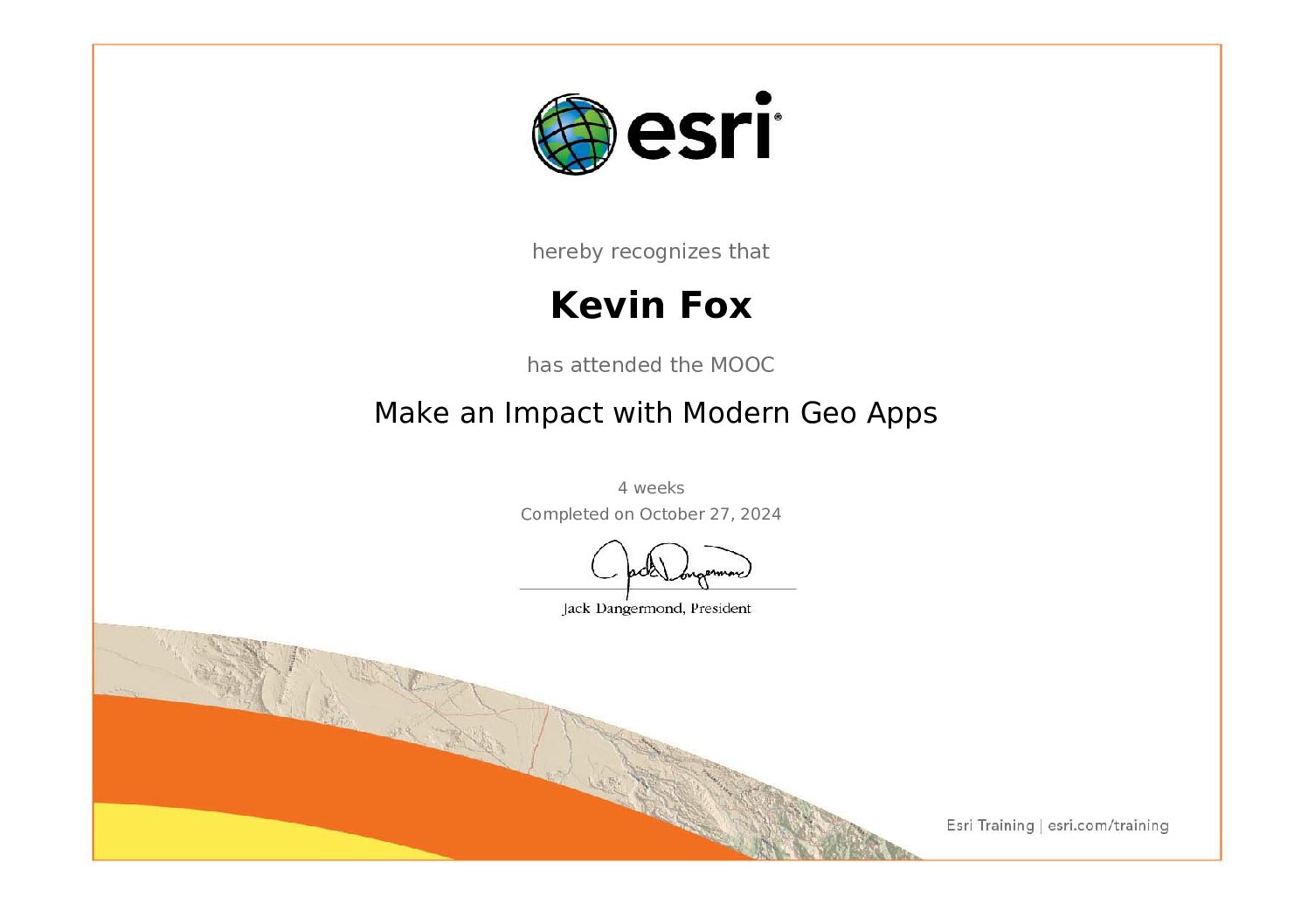Espiello 2025 #2: Memory, Cinema, and the Festival
Inhabiting Oblivion, Preserving Memory
For twenty-two years, Espiello has transformed the Sobrarbe region of the Spanish Pyrenees into a site of cinematic reflection, where ethnographic documentary serves as both a mirror and a bridge. This year’s edition, themed Memoria: Habitando el Olvido (Memory: Inhabiting Oblivion), invites audiences to engage with films that explore the fragility of cultural memory, the ways in which histories are preserved, erased, or reinterpreted, and how communities negotiate their pasts in the present.
Memory, as both a concept and a lived experience, is deeply tied to geography. The landscapes of the Pyrenees hold the echoes of oral traditions, historical migrations, and political struggles. At Espiello, these landscapes intertwine with cinematic narratives, reminding us that memory is not just about the past—it is an ongoing, dynamic process that informs identity, place, and belonging.
This year’s Espiello takes on new urgency as societies worldwide grapple with collective memory and the forces of historical amnesia. Whether through political upheaval, climate change, or urban transformation, communities are continuously renegotiating their relationship to the past. This year’s films serve as testimonies to that process, ensuring that voices, places, and traditions that might otherwise fade into obscurity remain present in the cultural consciousness.
As Sobrarbe welcomes filmmakers, anthropologists, and audiences once again, the festival’s imagined geography takes shape, offering a space where cultures connect through film, discussion, and shared experience.
The Imagined Geography of Espiello: A Festival as a Cultural Crossroads
Like previous editions, Espiello 2025 is more than a festival—it is a temporary village, a community built through storytelling. Over the course of ten days, Boltaña becomes a gathering point where the boundaries between local and global, past and present, dissolve. The festival functions as a living ethnographic space, where filmmakers from across the world bring their own landscapes and histories, mapping their experiences onto Sobrarbe’s mountainous terrain.
This ephemeral yet enduring sense of place is what makes Espiello unique. Unlike urban film festivals with sprawling venues and industry-driven programming, Espiello maintains an intimate, community-oriented atmosphere. The festival’s sections—Espiello Pirineos, Espiello d’Arredol, Anvistas, Falorias, and Cachimalla—reinforce a commitment to regional storytelling while connecting with global ethnographic cinema. In each screening and discussion, the festival becomes a meeting ground where different ways of knowing and remembering take center stage.
This year’s theme, Memory: Inhabiting Oblivion, deepens Espiello’s role as a site of historical reflection. What does it mean to inhabit oblivion? How do communities make sense of what has been forgotten or erased? These are not just questions for historians or anthropologists—they are questions for all of us, as individuals and as members of collective identities that are shaped by what we choose to remember.
Film Selections: Mapping Memory through Cinema
The official competition lineup features 16 carefully selected documentaries from nearly 500 submissions, each offering a perspective on memory’s role in shaping identity. These films span continents, cultures, and histories, but they are united in their exploration of how memory is woven into the fabric of everyday life.
Here are the selected films for Espiello 2025:
-
Atín Aya. Retrato del silencio – Spain
-
Sau: la memòria submergida – Spain
-
Cuando el mundo cambia – Spain
-
Jardin Noir – France–Belgium
-
TransUniversal – Spain
-
María la portuguesa – Spain
-
Mascarades – France
-
El estigma del silencio – Spain
-
Telles que nous sommes – France
-
Minga en Tenaún – Chile
-
Ropa sucia – Spain
-
(Re)pensant l’educació sexual – Spain
-
La jeune fille, les chouettes et les hommes lion – Chad
-
Un hombre sin miedo – Spain
-
Suharra – Spain
-
El arte de los analfabetos – Spain
-
Naharina – Spain–Syria
Each of these films presents a distinct vision of memory, whether through the landscapes that shape it, the voices that carry it, or the struggles to preserve it in the face of erasure.
The Siñal d’Onor Espiello will be awarded to the Asociación por la Recuperación de la Memoria Histórica de Aragón (ARMHA), recognizing their work in rescuing Spain’s forgotten histories. Meanwhile, Eugenio Monesma, a lifelong documentarian of Pyrenean traditions, receives the Siñal Mayestros, honoring his dedication to cultural preservation through film.
Beyond the Screen: Espiello as a Community-Engaged Festival
Espiello is not confined to the darkened theater. It extends into public discussions, artistic exhibitions, and educational workshops that turn the entire region into an immersive learning experience. Among the standout activities this year:
Theatrical Performance – “Olvido” by Biribú Teatro, a play that humorously unpacks the bureaucratic archiving of history, questioning what is remembered and what is left behind.
Exhibitions on Historical Memory curated by ARMHA, including Mujeres Republicanas. Un Sueño Frustrado (Republican Women: A Frustrated Dream) and Una Utopía Necesaria. La Educación en la II República (A Necessary Utopia: Education in the Second Republic).
Cine bajo las Estrellas (Cinema Under the Stars), where selected documentaries will be screened in small villages throughout Sobrarbe, reinforcing the festival’s rural and communal ethos.
Collaborations with the University of Madrid and Universitat Oberta de Catalunya, bringing students and scholars into direct dialogue with filmmakers.
The festival’s commitment to linguistic diversity is evident in the Espiello Agora x l’Aragonés section, celebrating films produced in Aragonese, a language that has fought against historical erasure. The screening of “Baitico, l’ombre-libro de la Valle Bielsa”, documenting one of the last native speakers of the Belsetán dialect, highlights the fragile yet resilient nature of cultural memory.
Espiello 2025 as a Living Archive
At its core, Espiello is an archive in motion—a living, breathing documentation of memory, identity, and place. In its twenty-second edition, the festival reaffirms its role as a custodian of intangible heritage, a space where cultures reflect on themselves and on each other through the lens of documentary filmmaking.
As audiences settle into the ochre and black seats of the Palacio de Congresos, the festival’s signature brass mortar sounds, signaling the beginning of another screening, another journey into memory. And for those who participate—filmmakers, scholars, and locals alike—Espiello is not just a festival. It is a communal act of remembering, a place where forgotten stories find voice, and where the past becomes an ever-present guide to the future.
Bienvenidos a Espiello 2025. Let the festival begin.




